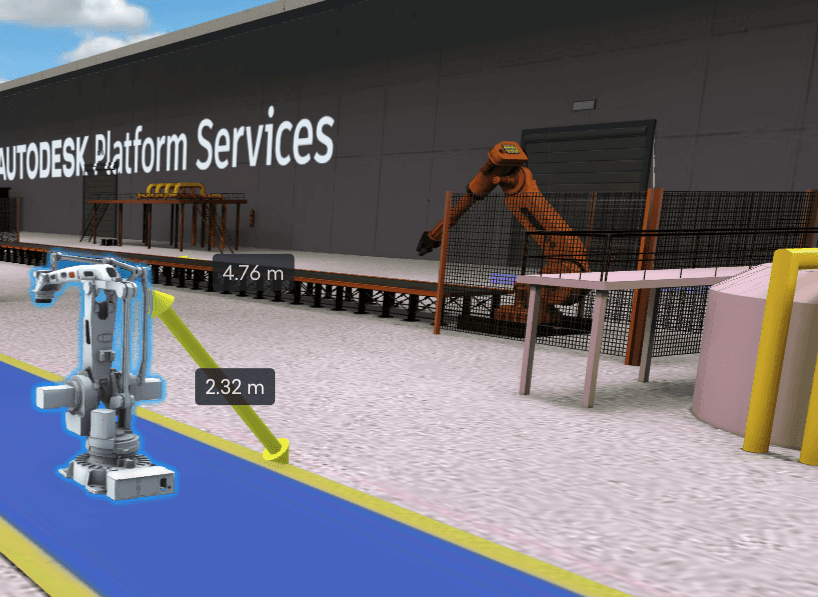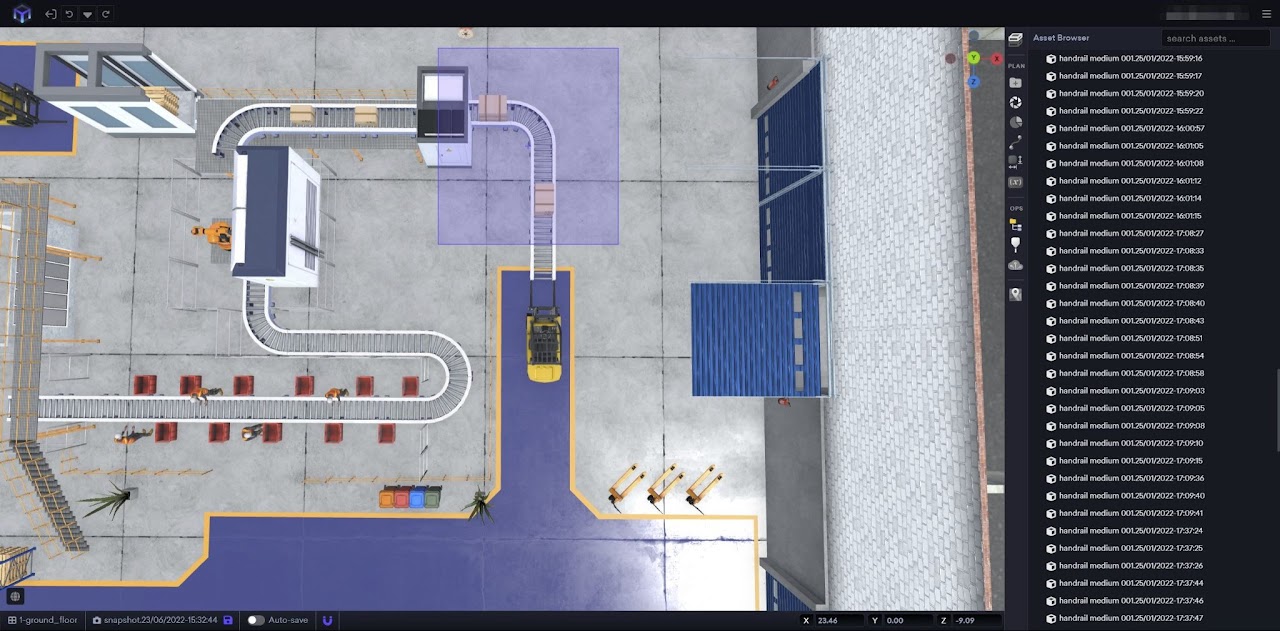
Feb 24, 2025
Mohamed Ali Memmi
The Hidden Costs of Paper-Based Processes in Manufacturing
Abstract
Despite advancements in Industry 4.0, many factories still rely on paper-based processes for tracking production, inventory, and maintenance. While paper may seem like a simple and cost-effective solution, it comes with hidden costs, inefficiencies, and increased risks. This article explores the true financial and operational impact of paper-based workflows, supported by industry statistics. It highlights how manual processes slow down production, increase error rates, and lead to unnecessary expenses. Manufacturers who continue to rely on paper may be losing more than they realize—impacting their profitability, productivity, and competitiveness.
Paper-Based Processes in Manufacturing: A Hidden Cost?
Even as factories invest in automation and digital tools, many still depend on manual documentation for production scheduling & reporting, machine maintenance logs, inventory management, and quality control & compliance documentation. At first glance, using paper may seem low-cost and convenient, but the reality is different. How much is it actually costing you?

The Real Cost of Paper-Based Workflows
1 - Increased Operational Costs
Factories often underestimate how expensive paper processes are:
Wasted labor hours – Employees manually record, sort, and retrieve information.
Storage costs – Physical records require space and management.
Printing expenses – Ink, paper, and printers add up over time.
Example: A factory using manual logs for 20+ machines can lose thousands of hours per year just on data entry and tracking.
2- Higher Risk of Errors & Compliance Issues
Paper-based workflows increase the chances of costly mistakes:
Incorrect inventory counts lead to shortages or overstocking.
Missed maintenance schedules cause unexpected machine breakdowns.
Regulatory non-compliance can result in legal fines and supply chain disruptions.
Example: A manufacturer using paper-based quality control logs missed a product defect, resulting in a costly recall and reputational damage.
3- Slower Decision-Making & Productivity Losses
Factories using manual reporting struggle to respond quickly to issues:
Production bottlenecks occur when teams work with outdated data.
Delayed reporting slows down factory managers’ ability to act.
Lack of real-time tracking means problems are addressed after they cause damage.
The longer decision-making takes, the more money is lost.

Summary
Paper-based workflows are more expensive and inefficient than they seem. Factories that continue relying on manual tracking experience higher operational costs, increased human errors, and compliance risks. In addition, slow decision-making due to outdated reporting methods causes production delays and lost productivity. These inefficiencies impact overall profitability, competitiveness, and long-term sustainability. To remain efficient in today’s fast-paced manufacturing environment, businesses must assess whether traditional paper-based processes still align with their operational goals.
References
1. Testify.io - Paper Consumption in Industrial Companies
2. ISEO Solutions - Paper Business Report
3. Weever Apps - Benefits of Digitization
















 Moicon Chatbot
Moicon Chatbot
